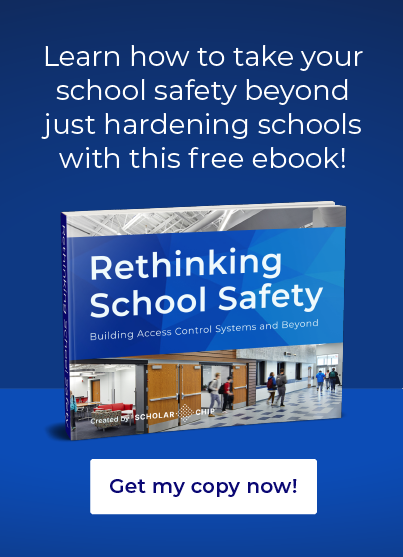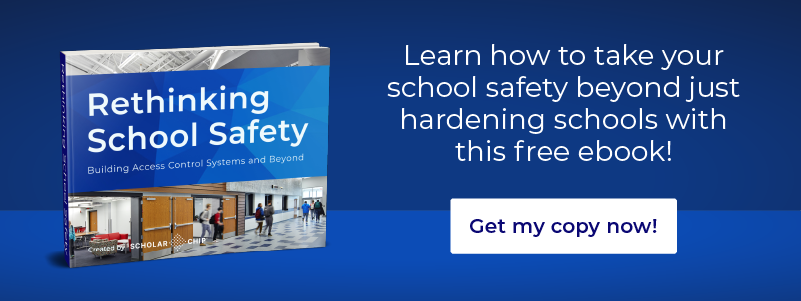Teachers must balance a great deal in the classroom on a daily basis. In addition to giving lessons, grading, giving students assistance, and doing administrative tasks, teachers must manage student behavior.
Without appropriate consideration for behavior management, classrooms can become unruly and chaotic. This creates an environment that isn’t conducive to learning or academic performance.
Interestingly, a significant amount of classroom misbehavior can be attributed to a mismanaged classroom environment. Besides hampering learning for other students, a chaotic classroom can mask the needs of students with a genuine requirement for additional support. Student behavior management strategies are something that teachers must plan for and execute consistently.
Eight Student Behavior Management Strategies
Just as teachers plan out their lessons and physical room layout, they should also spend time defining the student behavior management strategies that they will use during the school year. This sets the class up with the right expectations and provides boundaries for easily identifying when a student’s behavior should be considered an outlier. Here are eight strategies that teachers can incorporate into their classrooms to establish guidelines and promote appropriate behavior.
1. Engage the Class in Setting Behavior Expectations
As teachers begin the new school year, there may be anxiety around establishing and enforcing what students feel are arbitrary rules. Instead of a dictatorship, consider adding elements of self-determination to classroom expectations.
By allowing the entire class to participate in setting behavior expectations, students feel greater ownership over the set of rules they live under. Students are also more likely to hold one another accountable.
This method can be particularly effective with older students, especially high schoolers. These students already have an inclination to dismiss what they see as arbitrary authority, but have a desire to gain control over their day-to-day responsibilities.
2. Provide Immediate But Subtle Corrections
When issues arise in the classroom, they should be addressed immediately. However, stopping the entire class to make a correction is counterintuitive to the purpose of establishing a set of rules—it pulls students away from the lessons and interrupts their focus.
Whenever possible, teachers should choose non-verbal cues to indicate a demonstrated behavior is out of bounds. These kinds of subtle cues prevent drawing additional attention to the disruptive student. If attention is what the student is seeking, leaning down to speak directly to them in a low voice effectively signals that class is not the appropriate time for such actions.
If the behavior continues, direct intervention should be done privately. This lessens the impact on others and minimizes embarrassment to the student in question.
3. Model and Promote Positive Behaviors
Modeling the behaviors you want to see in the classroom gives students an example to imitate, as well as clarifies exactly how they are expected to behave. Illustrate positive behaviors you’d like to see, such as looking a student in the eye when they are speaking or allowing them to finish statements and thoughts without interruption.
In addition to modeling positive behaviors, consider immediately rewarding a student who exhibits the actions you want to promote. Any number of rewards can be used, but for full effect, teachers should explain clearly why the student is receiving the recognition.
4. Provide Time to Transition
Task switching can be challenging for students of almost any age. This is especially true if the tasks are very different, such as going from physical education to math or from self-directed learning to a lecture.
Without transition time, some students may become frustrated. These students may need extra time to mentally let go of the previous lesson before moving on to the next. That frustration could manifest as acting out. Consider incorporating cues that transitions are coming, and follow that with time to settle in and a gradual introduction of the next subject or task.
5. Encourage Advanced Learners
Students all learn at different rates, and even the same student can progress at varying speeds depending on the subject. When teachers focus on those struggling with a subject, advanced learners can get bored, which can result in poor behaviors.
For students who cover a subject quickly, give them the opportunity to work ahead on a specific topic or offer them advanced work on the subject. These same students can later present what they have learned to the class. It becomes a self-feeding cycle, where other students will be encouraged to work ahead, instead of doing the minimum required of them and becoming disruptive.
6. Engage Parents with Positive Communication Opportunities
Parents typically fear a call from their child’s teacher, as rarely does a call from school signal good news.
Flip the script on communication with parents by reaching out to them to offer praise for their student. A note or a phone call discussing an insightful answer or a kind gesture will build rapport with parents. They are also likely to share the notice with their child, creating a positive cycle between home and school.
7. Use Technology Tools to Track and Analyze Classroom and Individual Behaviors
When a classroom is mostly controlled, behavioral anomalies stand out. If one student acts out regularly or frequently, that may signal a need for additional support.
Leveraging technology specifically designed for behavioral tracking to identify students who have a difficult time following rules or are frequently disruptive can be helpful in both getting the student help and in identifying a root cause. Tracked data can offer insight into specific times or activities that present challenges, for instance. Getting additional assistance for these students will be easier too, with a clear and accurate record of the incidents.
8. Use Non-verbal Cues to Refocus Students
As mentioned above, verbal cues can create unwanted attention and disrupt lesson flow. Non-verbal cues, on the other hand, can be effective in clarifying to students their behavior is unacceptable, without breaking the classroom’s rhythm.
Cues such as pointing to the lesson in front of a student or simply standing next to a group that is speaking out of turn can refocus them on the task at hand without drawing undue attention to the behavior or appearing to promote it in any way.
Student behavior management strategies don’t necessarily mean ruling a classroom with an iron fist. Instead, classroom level behavior management should provide a set of expectations and allow for appropriate corrections within the context of the learning environment. In addition, building positive relationships and improving communication with families and students outside of the classroom can help drive positive behaviors while on campus. The added benefit of a well-managed classroom is that it makes it easier to spot students who are in need of greater support and get the ball rolling on acquiring those interventions for them in a timely manner.
ScholarChip offers a solution called Alternative Behavior Educator (ABE). This innovative program enables school leaders to identify, monitor, and improve student behavior throughout a student’s career, while giving administrators and teachers powerful data-driven reports that quickly flag at-risk students, help monitor and chronicle progress, and support decision-making tasks. The ScholarChip system incorporates the complete spectrum of behavior and integrates student rewards, interventions, and tracking with PowerSchool®, Infinite Campus, and other popular SIS platforms.
To learn how ScholarChip can help keep your schools safer and more secure, learn more about the many solutions ScholarChip provides, or to get free recommendations, feel free to chat with one of our specialists today!


